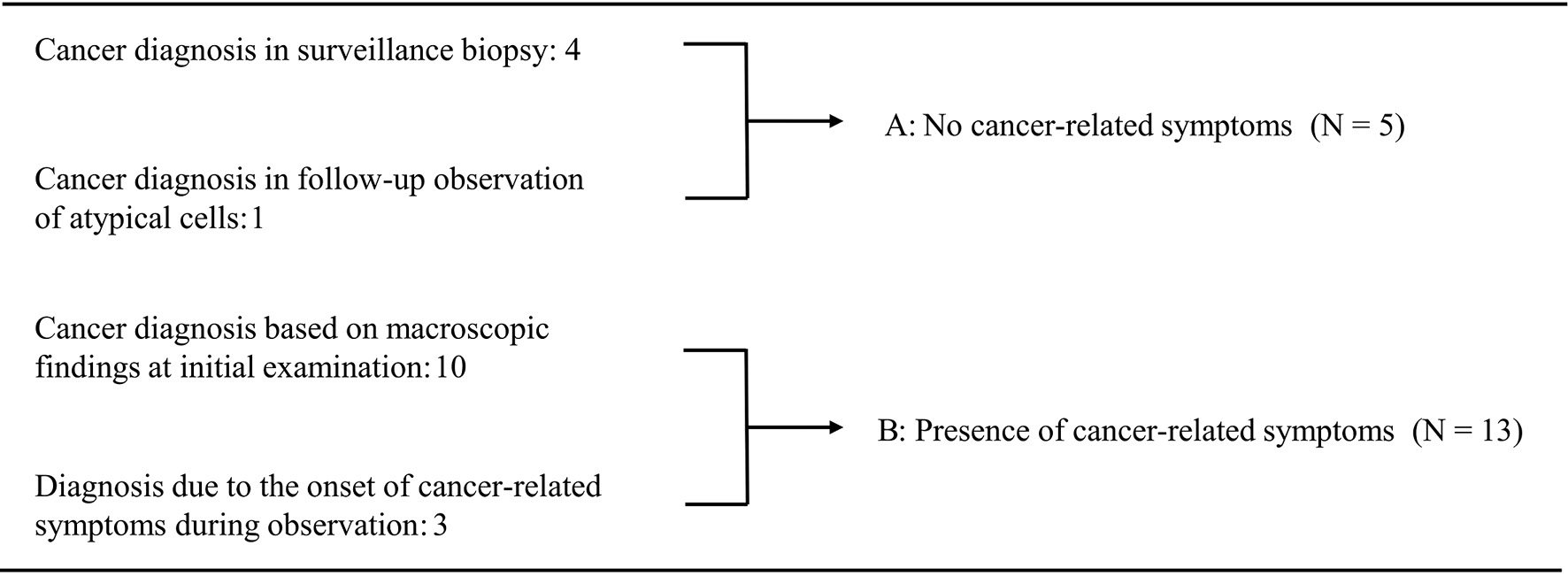2 巻, 4 号
選択された号の論文の8件中1~8を表示しています
- |<
- <
- 1
- >
- >|
REVIEW ARTICLE
-
2018 年 2 巻 4 号 p. 115-121
発行日: 2018/10/25
公開日: 2018/10/29
PDF形式でダウンロード (147K)
ORIGINAL RESEARCH ARTICLE
-
2018 年 2 巻 4 号 p. 122-129
発行日: 2018/10/25
公開日: 2018/10/29
PDF形式でダウンロード (663K) -
2018 年 2 巻 4 号 p. 130-138
発行日: 2018/10/25
公開日: 2018/10/29
PDF形式でダウンロード (206K) -
2018 年 2 巻 4 号 p. 139-144
発行日: 2018/10/25
公開日: 2018/10/29
PDF形式でダウンロード (150K) -
2018 年 2 巻 4 号 p. 145-154
発行日: 2018/10/25
公開日: 2018/10/29
PDF形式でダウンロード (973K) -
2018 年 2 巻 4 号 p. 155-161
発行日: 2018/10/25
公開日: 2018/10/29
PDF形式でダウンロード (204K) -
2018 年 2 巻 4 号 p. 162-167
発行日: 2018/10/25
公開日: 2018/10/29
PDF形式でダウンロード (179K)
CLINICAL RESEARCH
-
2018 年 2 巻 4 号 p. 168-175
発行日: 2018/10/25
公開日: 2018/10/29
PDF形式でダウンロード (227K)
- |<
- <
- 1
- >
- >|




